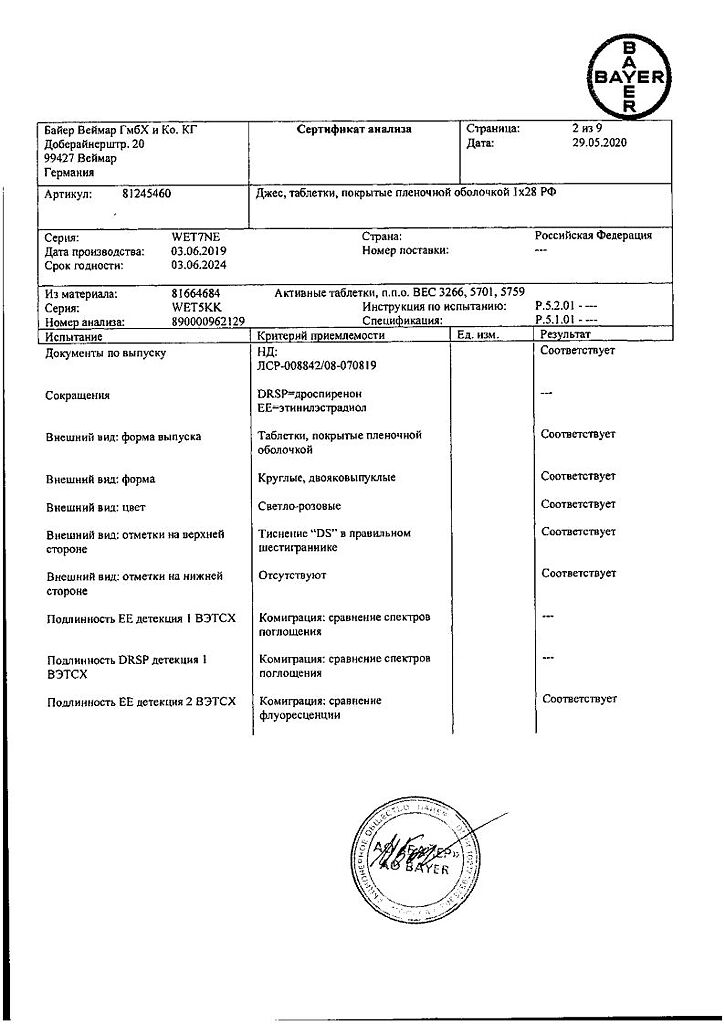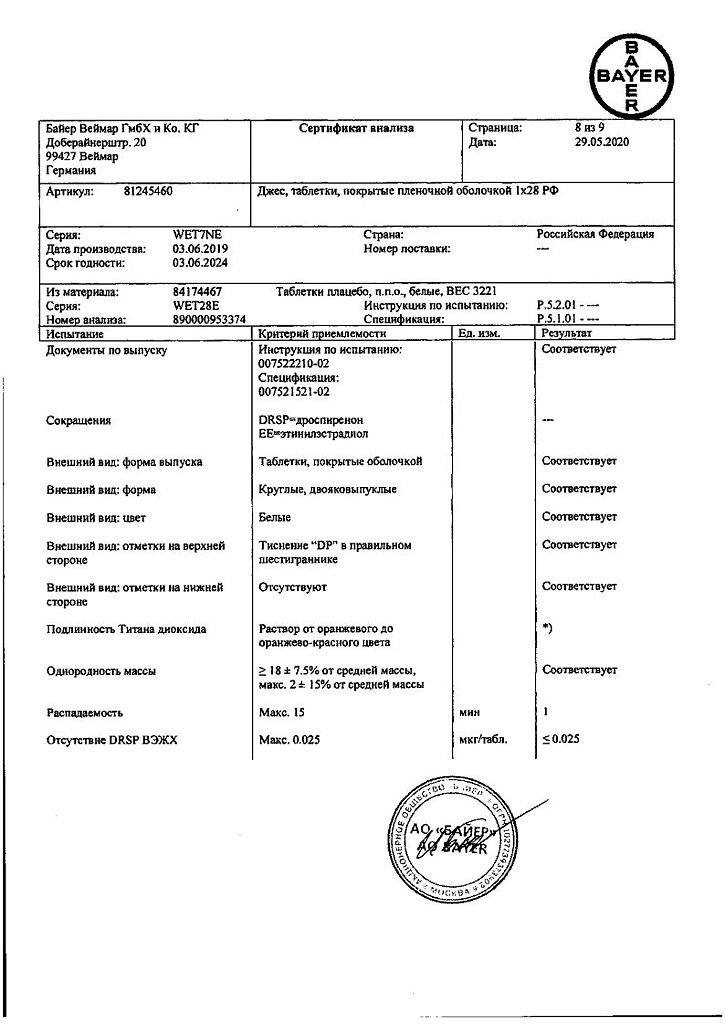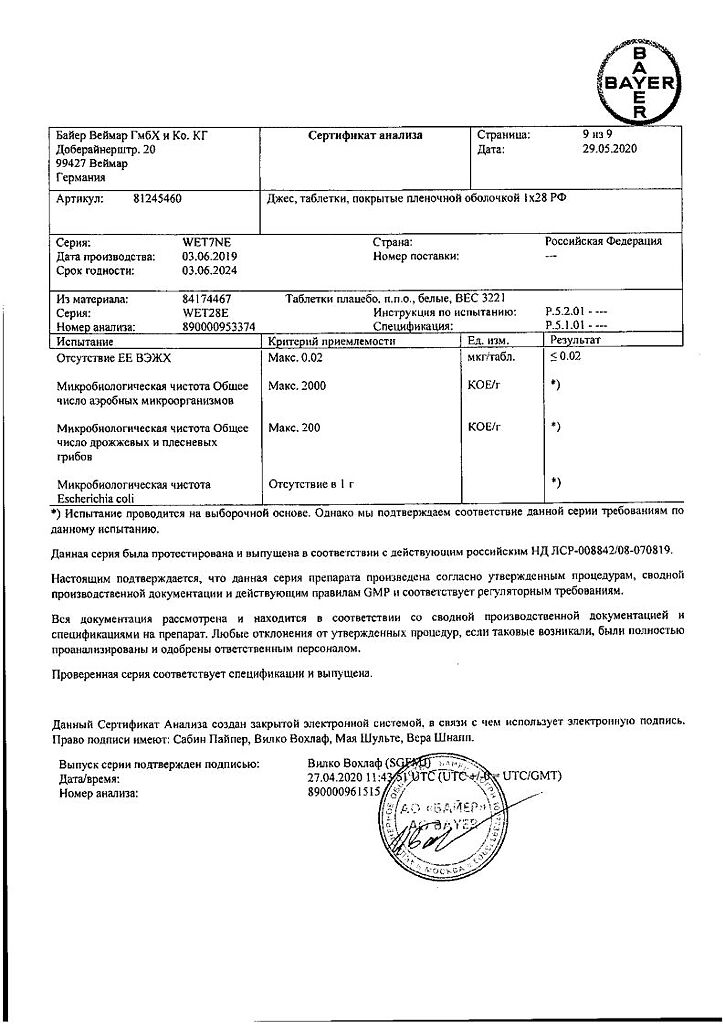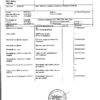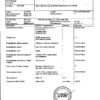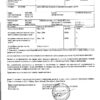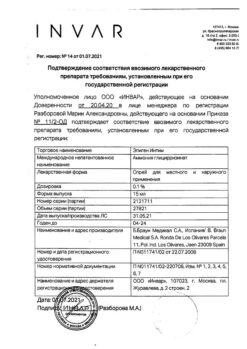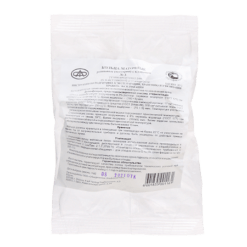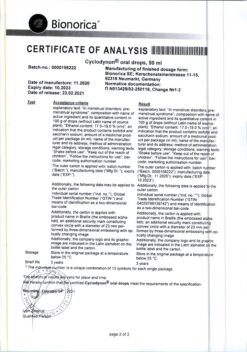No products in the cart.
Ges, 3 mg+0.02 mg 28 pcs
€34.23 €28.53
Description
Contraception
- Contraception
- Contraception and treatment of moderate acne (acne vulgaris)
- Contraception and treatment of severe premenstrual syndrome (PMS)
.
Indications
Indications
Contraception
Contraception and treatment of moderate acne (acne vulgaris)
Contraception and treatment of severe premenstrual syndrome (PMS)
Pharmacological effect
Pharmacological effect
Pharmacotherapeutic group
Special instructions
Special instructions
If any of the conditions/risk factors listed below currently exist, the potential risks and expected benefits of combined oral contraceptives should be carefully weighed on an individual basis and discussed with the woman before she decides to start taking the drug. If any of these conditions or risk factors worsen, intensify, or appear for the first time, a woman should consult her doctor, who may decide whether to discontinue the drug.
Active ingredient
Active ingredient
Drospirenone, Ethinylestradiol
Composition
Composition
Each active film-coated tablet contains:
Contraindications
Contraindications
Thrombosis and thromboembolism, as well as conditions preceding thrombosis, currently or in history, cerebrovascular disorders; migraine with focal neurological symptoms currently or in history; diabetes mellitus with vascular complications; multiple or severe risk factors for venous or arterial thrombosis, including complicated lesions of the heart valve apparatus; atrial fibrillation; diseases of the cerebral vessels or coronary arteries; uncontrolled arterial hypertension; major surgery with prolonged immobilization; smoking over the age of 35; pancreatitis with severe hypertriglyceridemia currently or in history; liver failure and severe liver disease (until liver tests return to normal); liver tumors (benign or malignant) currently or in history; severe renal failure, acute renal failure; adrenal insufficiency; identified hormone-dependent malignant diseases (including genital organs or mammary glands) or suspicion of them; vaginal bleeding of unknown origin; pregnancy or suspicion of it; breastfeeding period; hypersensitivity to any of the components of the drug Jess.
Side Effects
Side Effects
The following most common adverse reactions have been reported in women using the drug Jess in the “24+4” mode for the indications “Contraception” and “Contraception and treatment of moderate forms of acne (acne vulgaris)”: nausea, pain in the mammary glands, irregular uterine bleeding, bleeding from the genital tract of unspecified origin. These adverse reactions occurred in more than 3% of women. In patients using Jess for the indication “Contraception and treatment of severe premenstrual syndrome”, the following most common adverse reactions were reported (in more than 10% of women): nausea, pain in the mammary glands, irregular uterine bleeding.
Interaction
Interaction
The effect of other drugs on the drug Jess
Overdose
Overdose
No serious adverse events have been reported following overdose.
Storage conditions
Storage conditions
The drug should be stored in a dry place, out of reach of children, at a temperature not exceeding 30°C.
Shelf life
Shelf life
5 years (blister with 28 tablets), 3 years (flex cartridge with 30 tablets).
Manufacturer
Manufacturer
Bayer Weimar GmbH & Co. KG, Germany
Additional information
| Shelf life | 5 years (blister with 28 tablets), 3 years (flex-cartridge with 30 tablets). |
|---|---|
| Conditions of storage | The drug should be stored in a dry place out of reach of children at a temperature not exceeding 30 ° C. |
| Manufacturer | Bayer Weimar GmbH & Co. KG, Germany |
| Medication form | pills |
| Brand | Bayer Weimar GmbH & Co. KG |
Related products
Gynecology and Obstetrics
Prepidil, intracervical gel 0.5 mg/3 g syringes with catheter
Buy Ges, 3 mg+0.02 mg 28 pcs with delivery to USA, UK, Europe and over 120 other countries.


